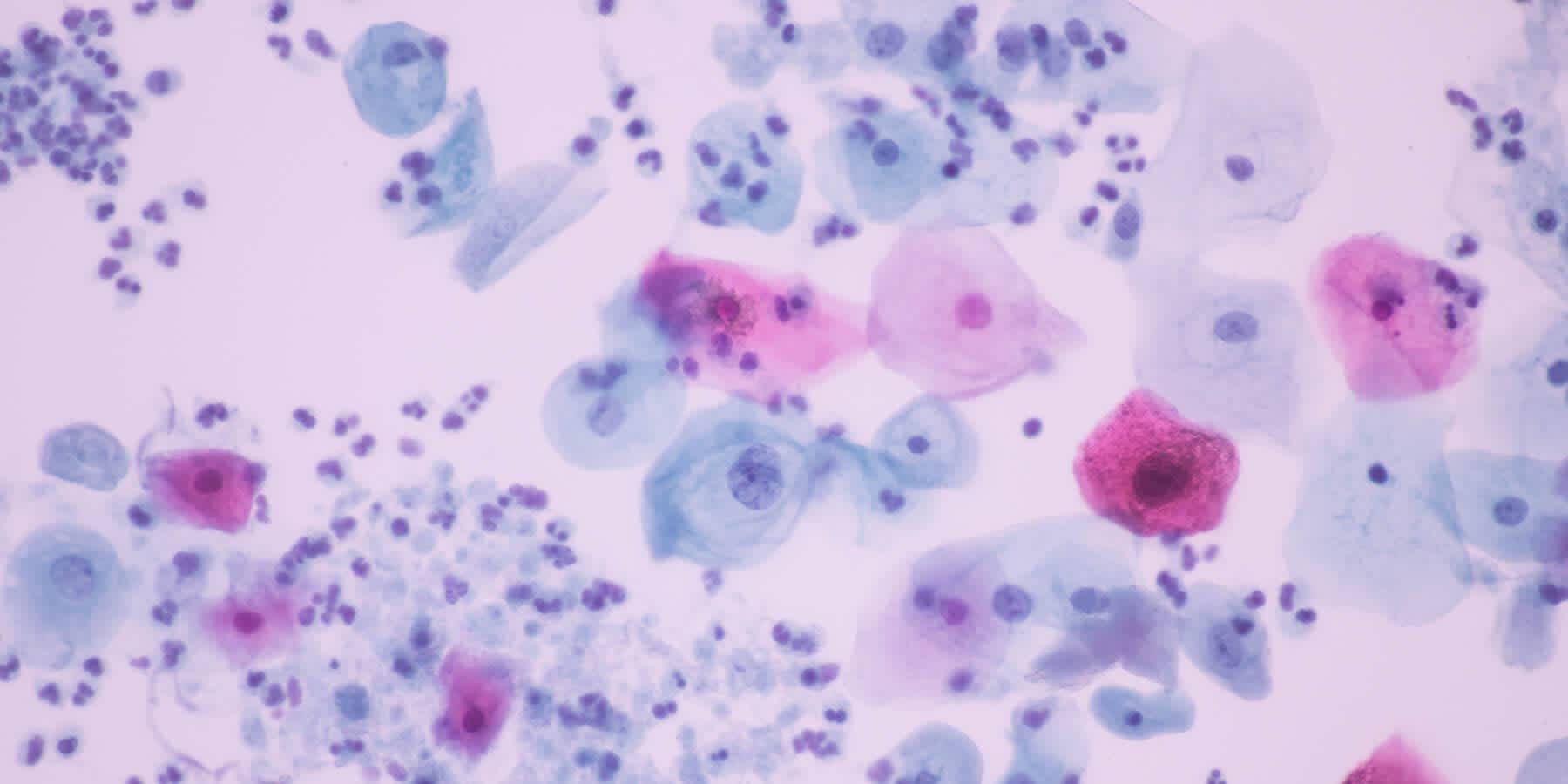
Trichomoniasis vs. BV (Bacterial Vaginosis): What’s the Difference?
Medically reviewed by Neka Miller, PhD on January 21, 2021. Last updated October 2, 2023. To give you technically accurate, evidence-based information, content published on the Everlywell blog is reviewed by credentialed professionals with expertise in medical and bioscience fields.
Table of contents
- What Is Trichomoniasis?
- What Is Bacterial Vaginosis?
- Understanding the Differences Between Trichomoniasis and Bacterial Vaginosis
- Related Content
Trichomoniasis and bacterial vaginosis (or BV) are two common types of vaginal infection that may seem similar at first glance, but they have different causes and symptoms. Knowing the differences can help you be better prepared in case either of these affects you in the future, so continue reading to learn more about trichomoniasis vs. BV, including what trichomoniasis and BV are and what makes them distinct from each other.
Test for trichomoniasis from the convenience and privacy of home with the Everlywell at-home Trichomoniasis Test. The test is easy to take and the kit includes everything you need for collecting a sample at home and sending it to a lab for testing.
What Is Trichomoniasis?
Trichomoniasis (or “trich”) is a sexually transmitted disease caused by a microscopic type of parasite known as Trichomonas vaginalis.
How do you get trichomoniasis? Transferred through sexual activity, trichomoniasis can infect both men and women, though its symptoms can be rare or hard to notice. About 7 out of 10 people who contract trichomoniasis don’t exhibit any signs of infection. However, if you are one of the approximately 30% that may notice increased discomfort due to this sexually transmitted infection (STI), you may be looking up “What are the symptoms of trichomoniasis?” for further insight.
Common signs and symptoms of trichomoniasis in women include:
- Redness, burning, and vaginal itching
- A foul-smelling, abnormal vaginal discharge that appears gray, white, yellow, or green
- Painful urination
- Pain or discomfort during sex
In men, trichomoniasis may cause:
- Burning sensation when urinating or ejaculating
- Irritation or pain inside the penis
- Discharge from the penis
If you’re experiencing symptoms similar to the above, consider checking for trichomoniasis with an at-home trichomoniasis test.
What Is Bacterial Vaginosis?
Bacterial vaginosis (BV) refers to a certain type of vaginal inflammation. The vagina normally has a specific balance of microbes—including bacteria—that help maintain health within the vagina and urinary tract. This community of microbes is known as the vaginal flora. Disruptions in the balance of the vaginal flora can lead to the overgrowth of harmful bacteria within the vaginal lining, resulting in bacterial vaginosis.
Most women with bacterial vaginosis show no noticeable signs or symptoms of the infection. The most common symptom is an abnormal vaginal discharge that may appear gray, white, or green. This may be accompanied by a vaginal odor, vaginal itching, and/or burning or pain while urinating.
Understanding the Differences Between Trichomoniasis and Bacterial Vaginosis
The possible symptoms of these two conditions present the most obvious overlap in similarity between trichomoniasis and bacterial vaginosis, but they are otherwise very different.
Different Causes
Bacterial vaginosis is caused by excessive growth of vaginal bacteria, while trichomoniasis is caused by a type of parasite. These are two completely different organisms with different physiologies and modes of reproduction.
Significantly, trichomoniasis is a sexually transmitted infection. This means that trichomoniasis can be passed among sex partners via sexual intercourse. In contrast, bacterial vaginosis is not a sexually transmitted infection. Sexual intercourse can potentially change the chemistry of your vagina’s pH balance, which can cause changes in your vaginal flora. However, you can get BV without engaging in sexual activity.
Related: Trichomoniasis vs. Yeast Infection
Factors that can contribute to disruptions in the natural microbial balance within the vagina include:
- Diet
- Douching
- Using any drying or irritating products, like vaginal deodorants or soaps
Who Is At Risk?
Both men and women can get trichomoniasis, allowing the parasitic infection to easily pass between sexual partners. On the other hand, bacterial vaginosis only affects the vagina and thus biological males are not susceptible to it. Note that this means that it’s possible for BV to be transmitted between female sexual partners.
Treatment
Treatments for bacterial vaginosis usually involve the use of oral medications or creams applied to the vagina. These medications help to control the populations of bacteria within the vagina. If you experience recurrent bacterial vaginosis, your healthcare provider may also suggest rebalancing the vaginal flora with probiotic supplements or probiotic-rich foods containing lactobacilli (the “good” bacteria). For those looking into convenient treatment options, consider exploring bacterial vaginosis online treatment, which provides access to effective solutions.
Treatment for vaginal trichomoniasis is typically accomplished via oral antibiotics. It’s important to keep in mind that if you test positive for trichomoniasis, your sex partner(s) should also get tested (and receive treatment if necessary).
Easily check for trichomoniasis from the comfort of home with the at-home Trichomoniasis Test. If positive results are detected with this test, you’ll have the opportunity to connect with our independent physician network and may receive treatment.
Related Content
What Are the Symptoms of Trichomoniasis?
What Happens If Trichomoniasis Goes Untreated?
What Is Bacterial Vaginosis? Causes and Symptoms of BV
References
